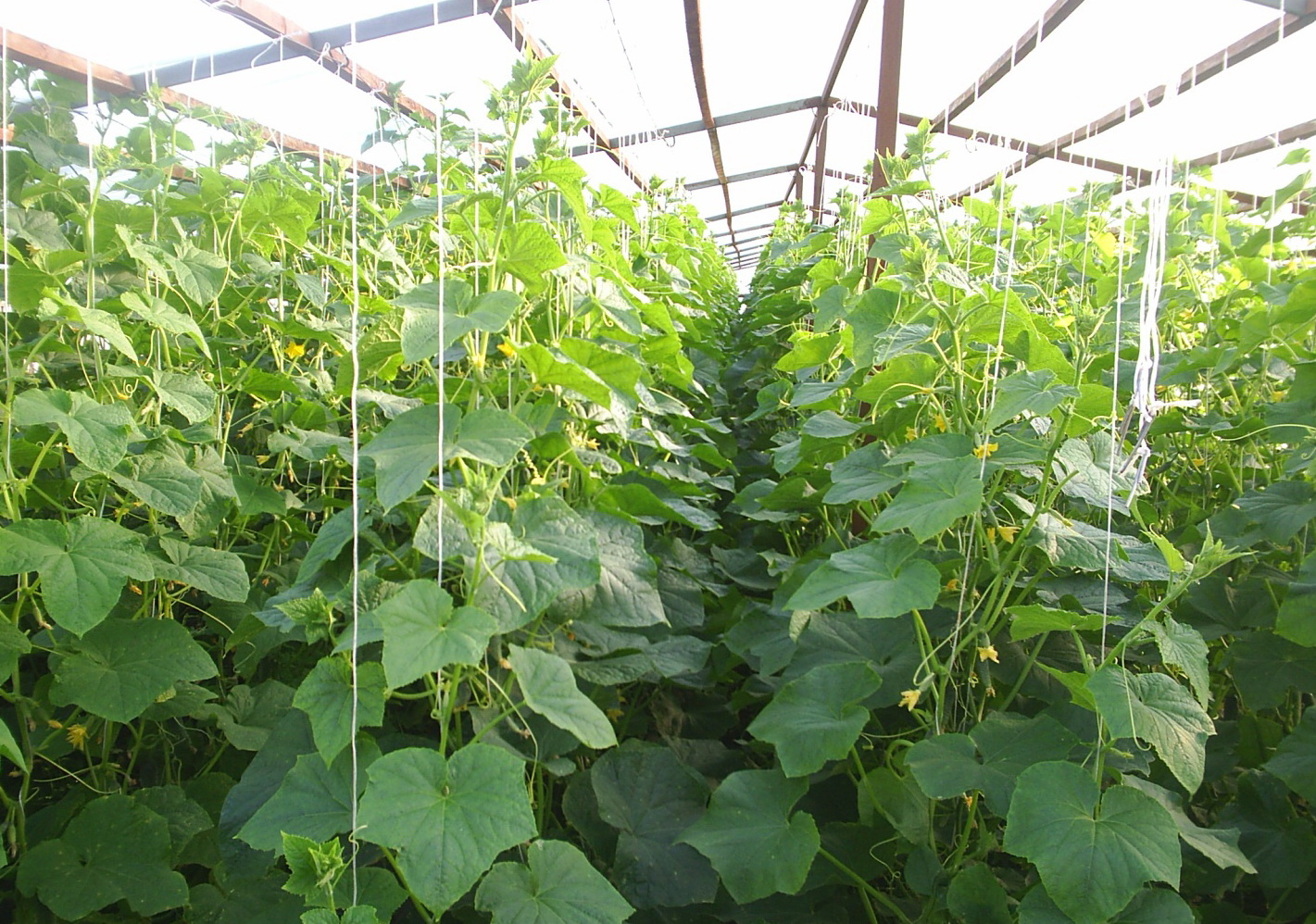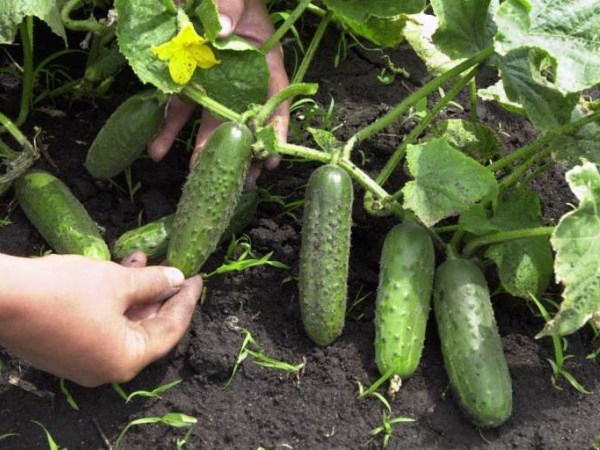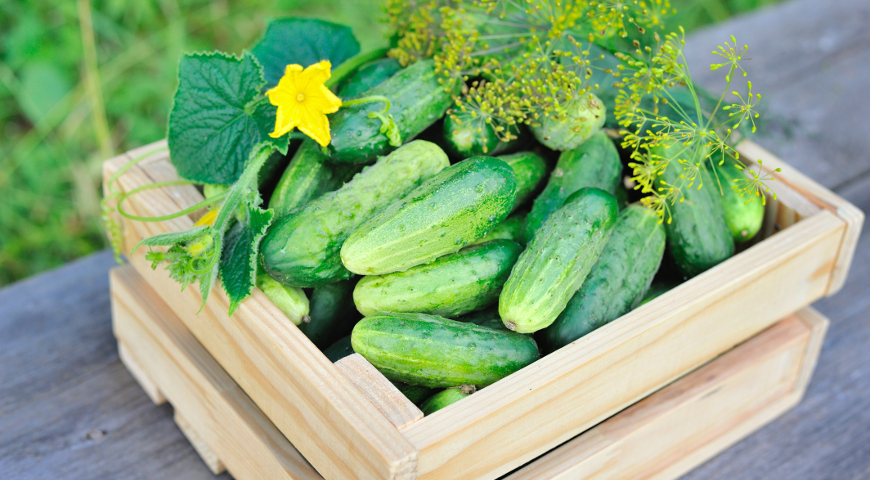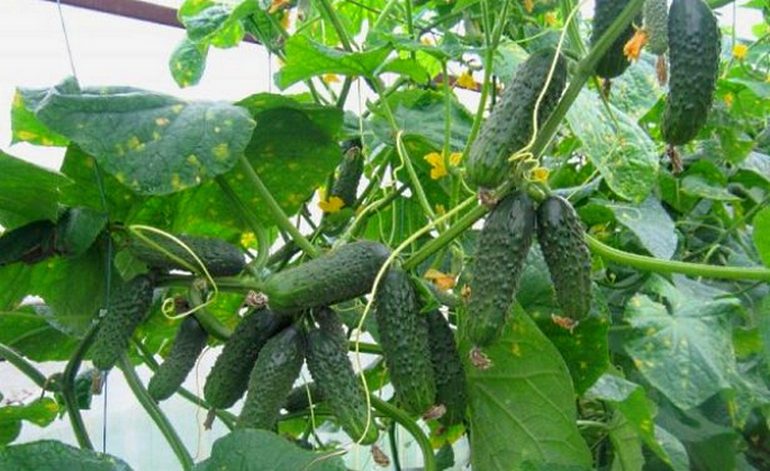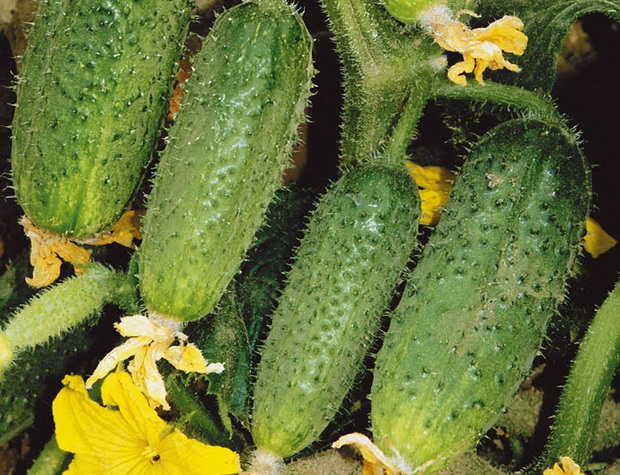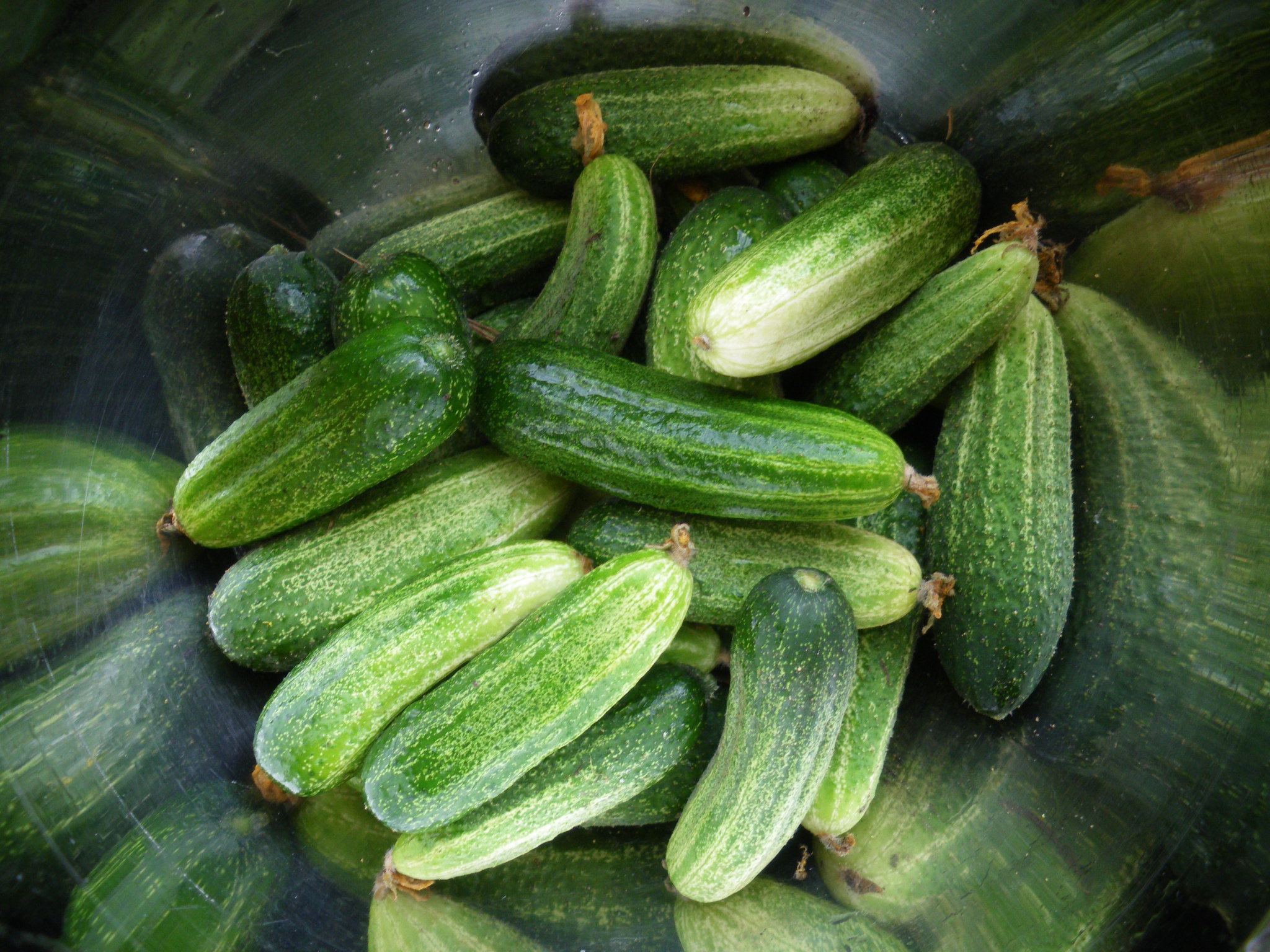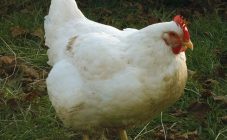Content:
How much joy the gardener gets by picking the first cucumber from his own garden. It is good when the fruits are even, of the same size. But this is not always the case. When crocheting cucumbers, what is missing for a normal form is sometimes incomprehensible. Of course, they can be cut into a salad or eaten whole, but for canning you still want to use the perfect fruits. Therefore, it is better to figure out what contributes to the appearance of deformed cucumbers and not allow this.
Growing conditions and care for cucumbers
For any crop, there is its own agricultural technique, which must be followed in order to obtain a high-quality harvest. There are no trifles when growing vegetables. The composition of the soil is important, and the correct planting, and watering, and fertilization. Growing conditions are also taken into account.
In the greenhouse
The greenhouse has ideal conditions for growing cucumbers - high humidity, sufficient heat. Self-pollinated or parthenocarpic varieties are best suited for indoor use. To get a harvest earlier, seedlings are grown at home and transferred to a greenhouse when the temperature of the soil inside the building reaches 15 ° C, the air temperature plays a secondary role.
To obtain an objective result, the thermometer is buried 15-20 cm into the soil and waited for half an hour. Different climates will have their own landing dates, but it is necessary to focus primarily on specific temperature indicators.
Plants are planted at a distance of 40-60 cm from each other, spilling a hole in front of this with a solution of potassium permanganate and adding fertilizer to it.
Watering vegetables should be regular, without this it will not be possible to get a good harvest. In the heat, this must be done daily, since cucumbers have superficial roots and they cannot take water from the middle and deep layers of the soil. It is best to water the vegetable by sprinkling, then the evaporation will be greater and it will be possible to maintain the required humidity in the greenhouse. With the formation of fruits, the water consumption increases to 20-30 liters per 1 sq. m.
In order for the plants to "feed" their fruits, fertilizing is applied 1-2 times a month. For the first time in the greenhouse, the bushes are fertilized 2 weeks after planting, when they finally take root. The first feeding may contain an infusion of ash, mullein, or chicken droppings. Green fertilizers are also provided. Potassium is added during the flowering period.
In the open field
A garden for cucumbers on the street is prepared in an open, sunny place. The soil should be slightly acidic, loose, nutritious, and retain moisture well. You can dig up the soil in half with humus and add additional wood ash. In regions with a cold climate, you can build warm beds for cucumbers with rotted organic matter in a plank body.
The signal for landing will be the appearance of 4 real leaves on the seedlings and the establishment of warm weather. Planting seedlings in the ground can be done at a temperature of 12-14 ° C. If necessary, humus and mineral fertilizers are added to the ground.After planting, the garden bed is watered with warm water, mulched with loose compost and covered with black non-woven material.
Seeds can be sown directly into the ground in late May or early June dry. Before planting, the hole is poured abundantly with warm water. Seeds are planted to a depth of 1.5-2 cm with an interval of 20 cm in one row and row spacing of 60 cm. Until 4-5 leaves appear on the plants, the soil must be regularly loosened so that a crust does not form.
If the summer is cool, the cucumbers are covered with foil for the night. To protect from the wind or the scorching sun during the day, you can cover the bed with a non-woven material, throwing it over metal arcs. Yields are lost when there is a lack of heat and moisture.
Cucumbers are watered every two days with warm, settled water no later than 4 pm so that excess moisture can evaporate before nightfall. Since water leaches fertilizers from the soil, compost or rotted manure is placed under the root of each plant from time to time. The introduction of mineral fertilizers is carried out as needed with a frequency of once every 7-10 days. They can be alternated with foliar dressing.
Causes of fetal curvature
There may be several reasons why crochet cucumbers grow. A curved fruit always indicates a violation of agricultural technology:
- Micronutrient deficiency.
- Improper watering.
- Temperature difference.
- Under-pollination.
- Late harvest.
To avoid such problems, you need to feed the culture in a timely manner and create the right conditions for its growth.
What to do to make cucumbers grow even
It is necessary to start from the reason that gave rise to the problem. If the fruits of cucumbers are of irregular shape, you must:
- With a lack of potassium, the shape will be distorted, the cucumber will look like a pear, and the peel will turn yellow. To remedy the situation, you can feed the plants on the leaf with a solution of potassium salt (1 tablespoon per 10 liters of water).
- When the cucumbers lack nitrogen, the curvature of the shape is manifested in the fact that from the side of the flower the fruits become thin, and at the stalk, on the contrary, they thicken. As an emergency, the bushes are sprayed with a solution of urea (5 g per liter of water), and after 5-6 days, ammonium nitrate is added to the root.
- If cucumbers are crocheted, what is missing in this case? A complex lack of microelements can severely distort the fruit. As a result, cucumbers can take on the most bizarre shapes. A double treatment with nitroammophos (1 tbsp per liter of water) with an interval of a week can help.
- Zelens can be bent due to watering with cold water. And if you water them too rarely, the cucumbers crochet and become hard. From the moment the ovaries appear, they are watered every 2-3 days, from mid-August - every 1-2 weeks.
- Waisted cucumbers grow in open field due to temperature changes. You can get rid of such curvature by covering the cucumber bed with a film overnight.
- If crooked cucumbers grow in the greenhouse, what is the lack of plants with an abundance of heat and humidity? Under-pollination often causes the appearance of hooked cucumbers. Such fruits will also have an uneven color. To prevent this, plants are artificially pollinated.
- Another mistake is when bee-pollinated and parthenocarpic varieties are planted nearby, which do not need pollination. As a result, the varieties are pollinated, crossed, and as a result, the summer resident wonders why cucumbers grow crooked.
- If you do not pick ripe cucumbers on time, it becomes difficult for the plant to distribute food, so young cucumbers grow uneven.
If you follow all the recommendations given, the greens will have a pleasant-looking shape. Taking care of them is not so difficult, but all procedures should be carried out regularly and in a timely manner.
